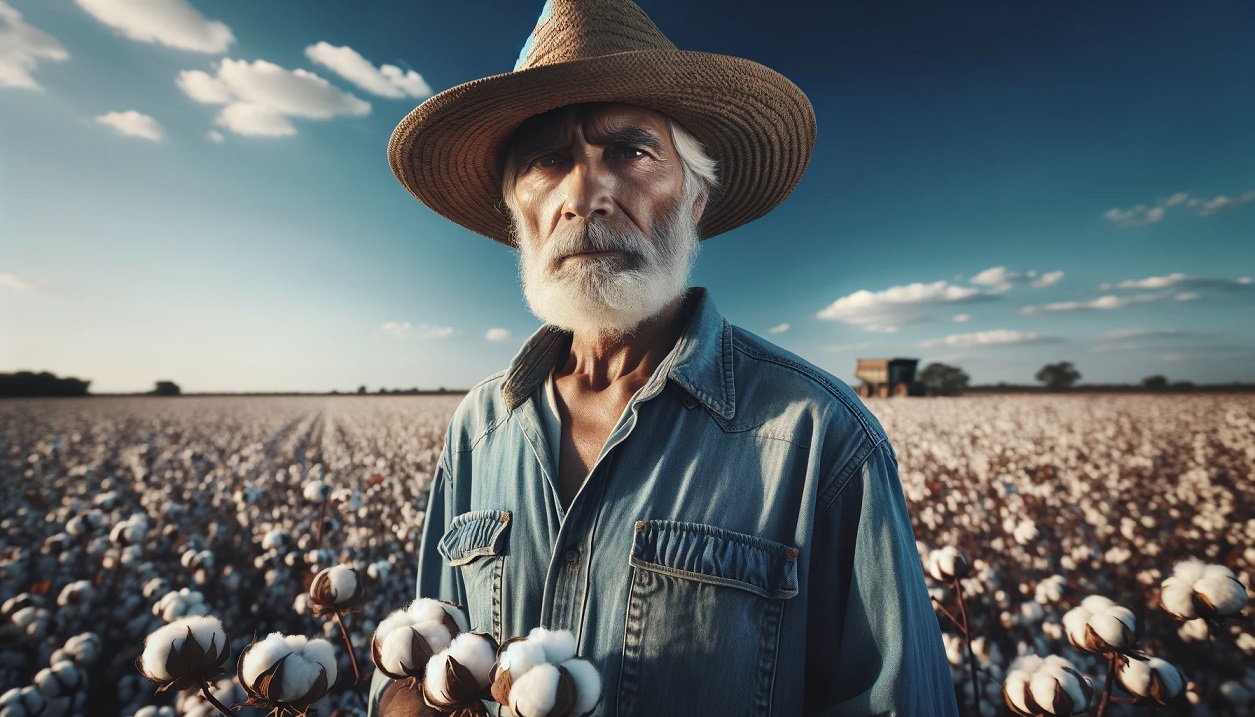The global cotton industry is at a crossroads, facing significant challenges in sustainability, climate change, and consumer demands for higher standards. Specialty cotton, including Extra-Long Staple (ELS) and Long Staple (LS) cotton, which comprises a small but valuable segment of the industry, is particularly under pressure. As climate change exacerbates the difficulties of cotton production, and as consumer preferences shift toward ethically produced and high-quality textiles, the industry must adapt or risk losing its competitive edge.
The stakes are high. Cotton producers worldwide are grappling with erratic weather patterns, declining yields in some regions, and rising costs. Simultaneously, consumers are increasingly demanding cotton that is not only high-quality but also produced in a way that aligns with their values—sustainability, traceability, and fair labor practices. The production of specialty cotton, while lucrative due to its premium market position, is fraught with challenges that require innovative solutions.
The cotton industry is responding by increasing production under identity programs and investing in innovative production techniques that promise higher yields, better sustainability, and greater market access. These identity programs, such as the Better Cotton Initiative (BCI) and the U.S. Cotton Trust Protocol, are setting new standards for what it means to produce cotton responsibly and sustainably.
The Rise of Specialty Cotton
Specialty cotton, defined as any cotton of ELS or LS variety or cotton produced under a specific identity program, now accounts for approximately 31% of global cotton lint production. Despite a slight overall decline in world cotton production in the 2022/23 season due to adverse weather conditions, production under specialty cotton categories increased by 2%, driven largely by higher prices and government incentives in major producing countries such as Egypt, India, and the United States.
Leading Producers and Programs
- United States: The U.S. remains a significant player in the ELS cotton market, particularly with Pima cotton. Despite fluctuations in production due to weather conditions, the U.S. continues to be a leading producer and exporter of ELS cotton, with a projected rebound expected in the 2024/25 season.
- Egypt: Egypt saw a remarkable 57% increase in ELS and LS cotton production in the 2022/23 season, thanks to a new cotton marketing system introduced in 2019, which provides guaranteed prices to farmers. This system has encouraged more extensive cotton cultivation and resulted in Egypt becoming the largest exporter of these cotton varieties.
- India: India’s production of ELS and LS cotton rose by 27% in the 2022/23 season, bolstered by government initiatives and increased domestic demand. India remains a significant importer of these cotton varieties to meet its domestic needs.
Identity Programs Driving Sustainable Cotton Production
The push for sustainable cotton production is largely driven by various identity programs, which certify cotton based on environmental, social, and economic standards. These programs are critical in meeting the growing consumer demand for traceable and ethically produced cotton.
- Better Cotton Initiative (BCI) and Equivalents: Covering approximately 20.2% of total world cotton production, BCI remains the largest identity program. Although there was a slight reduction in overall production under BCI in the 2022/23 season, several regions, including Brazil and Australia, reported significant increases.
- Responsible Brazilian Cotton (ABR) Program: This program alone accounts for 10.5% of global cotton production and saw a 27% increase in the 2022/23 season, driven by exceptional yields in Brazil.
- US Cotton Trust Protocol: This U.S.-based program, which focuses on sustainability and traceability, saw an 8% reduction in production due to drought but is expected to rebound by 24% in the 2023/24 season.
The Future of Specialty Cotton
The specialty cotton market is set for further growth as more producers and consumers recognize the importance of sustainability and traceability. The continued expansion of identity programs and technological innovations in cotton production will play a crucial role in meeting global demand for high-quality, sustainable cotton.
By investing in these identity programs and adapting to the changing market conditions, the cotton industry can not only survive but thrive in the face of these challenges. The focus on sustainability, combined with advances in cotton production technology, promises a bright future for specialty cotton, ensuring that it remains a valuable and competitive segment of the global textile industry.
Reference: https://www.icac.org/Content/PublicationsPdf%20Files/53972988_bd41_4290_9b5e_9c8d48510808/SCR%20JULY%202024.pdf.pdf



